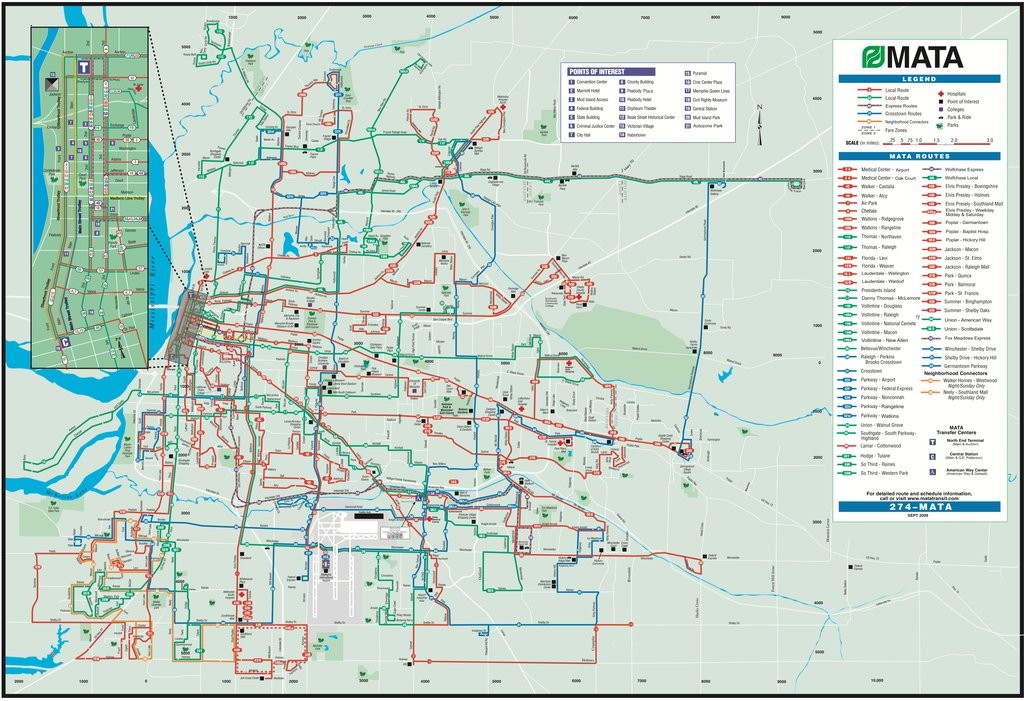In the ranking of public transit in 72 cities with populations of more than 250,000, Memphis ranks #55 and among the 32 cities with populations of more than 500,000, Memphis ranks #27, according to the highly respected Center for Neighborhood Technology.
The ranking (0-10) of transit systems, based on connectivity, access to jobs, and frequency of service, and their AllTransit Performance Scores are:
1. New York city – 9.60
2. San Francisco – 9.59
3. Boston – 9.44
4. Washington, DC – 9.34
5. Jersey City, NJ – 9.17
6. Chicago – 9.14
7. Philadelphia – 8.87
8. Newark – 8.76
9. Long Beach – 8.68
10. Seattle – 8.59
11. St. Louis – 8.56
25. Atlanta – 7.70
28. Detroit – 7.03
29. New Orleans – 7.02
39. Austin – 5.47
54. Charlotte – 4.33
55. Memphis – 4.29
62. Nashville – 3.67
67. Louisville – 3.14
72. Oklahoma City – 2.81
Meanwhile, the rating for the area of the Memphis MPO is only 2.8 and Shelby County is 3.3.
Memphis ranked low, according to CNT, because of its “low combination of trips per week and number of jobs accessible, enabling few people to take transit to work.”
Tale of the Tape
78,422 – jobs within a 30-minute public transit trip.
34,243 – workers accessible within a 30-minute transit commute to an employer
2.3 – percentage of commuters who use MATA.
212,953 – number of commuters living within a ½ mile of transit.
24.5 – percentage of income spent on transportation for groups within ½ mile of transit.
0.32 – percentage of workers who commute by bicycle and live with ½ mile of transit.
2.11 – percentage of workers who walk to work and live within ½ mile of transit.
0 – percentage of people living with ½ mile of high frequency transit available 24 hours a day.
10,217 – number of people living within ½ mile of high frequency transit, 7 a.m. to 10 p.m.
55,614 – number of people living within ½ mile of high frequency transit during rush hour.
6 – Transit Connectivity Index (0-100)
Source: Center for Neighborhood Technology
It created a one-of-a-kind database consisting of stop, route, and frequency information for 805 transit agencies in regions with populations greater than 100,000 as well as a large number of smaller regions and agencies. It includes 543,787 locations for 15,070 routes.
**
Join us at the Smart City Memphis Facebook page for daily articles, reports, and commentaries relevant to Memphis.




A utility tax is necessary for us to improve our transit system.
Baby boomers are beginning to downsize. We should start a BRT route on Poplar Ave (12 minute frequency day and night) and zone all of Poplar Ave for midrise and high rise mixed-use development. I’m almost certain a walkable, transit accessible corridor would happen sooner than expected.